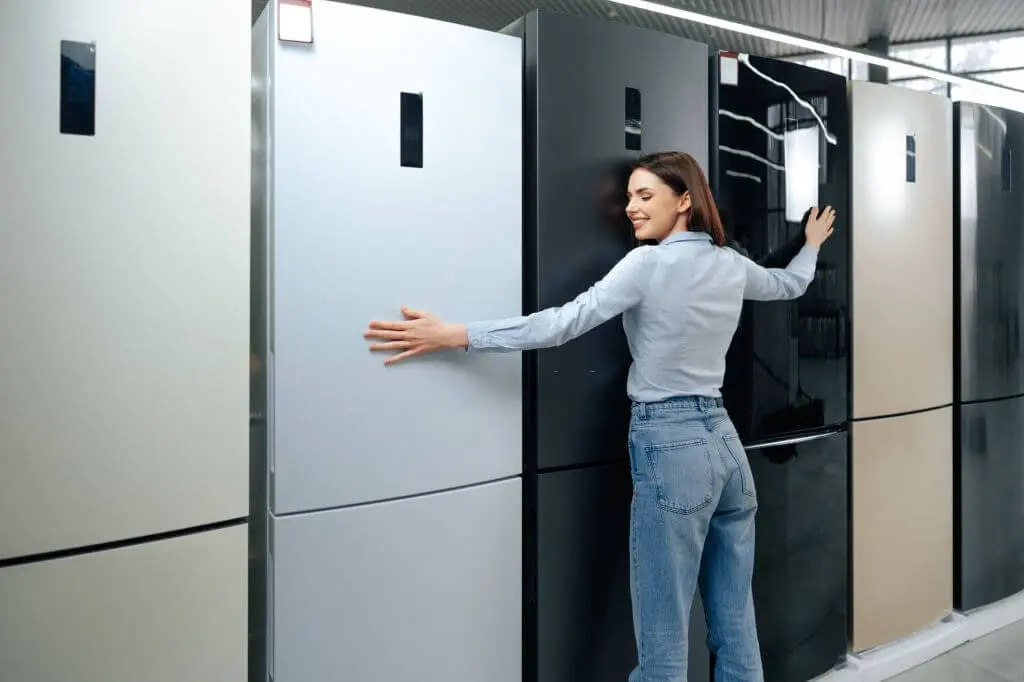The HVAC industry is undergoing significant changes as new refrigerant transition regulations come into effect. These regulations aim to reduce the environmental impact of refrigerants, many of which contribute to global warming and ozone depletion.
As a result, HVAC professionals must stay informed and compliant with these new standards. Companies like https://www.galarson.com provide valuable resources and training to help professionals navigate these changes. This article will explore the essential training required for this transition, highlighting key areas of focus and the importance of compliance.
Understanding the New Refrigerant Regulations
The new refrigerant transition regulations are designed to phase out the use of high global warming potential (GWP) refrigerants. This shift is part of a global effort to mitigate climate change and protect the ozone layer.
The Impact of Regulations
The regulations impact various aspects of the HVAC industry, including manufacturing, installation, and maintenance. Understanding these impacts is crucial for compliance.
- Phase-Out Schedule: The regulations include a phased approach to eliminate high-GWP refrigerants. HVAC professionals must be aware of the specific timelines and which refrigerants are affected.
- Approved Alternatives: New refrigerants with lower GWP are being introduced as alternatives. Professionals need to be trained on the properties and handling of these new substances.
- Retrofit Requirements: Existing HVAC systems may need retrofitting to accommodate new refrigerants. Training on proper retrofit procedures ensures safety and efficiency.
Did you know that the Montreal Protocol, signed in 1987, is considered one of the most successful environmental agreements? It has significantly reduced the production and consumption of ozone-depleting substances, paving the way for the current refrigerant transition efforts.
Essential Training Areas
To stay compliant with the new refrigerant regulations, HVAC professionals must undergo comprehensive training in several key areas.
Refrigerant Safety and Handling
Safety is paramount when dealing with refrigerants. Proper training ensures that HVAC technicians can handle new refrigerants without risk to themselves or the environment.
- Personal Protective Equipment (PPE): Understanding the appropriate PPE for handling different refrigerants is crucial. This includes gloves, goggles, and proper ventilation equipment.
- Leak Detection and Repair: Training on advanced leak detection methods helps prevent the release of harmful refrigerants into the atmosphere.
- Storage and Disposal: Proper storage and disposal procedures minimize environmental impact and comply with regulatory requirements.
System Design and Retrofit
The transition to new refrigerants often requires modifications to existing HVAC systems. Training in system design and retrofit is essential for effective implementation.
- Compatibility Checks: Ensuring that new refrigerants are compatible with existing systems prevents damage and inefficiencies.
- Retrofitting Techniques: Learning the best practices for retrofitting systems to accommodate new refrigerants ensures seamless transitions and maintains system performance.
- Performance Optimization: Training on optimizing system performance with new refrigerants helps maintain energy efficiency and reduce operational costs.
Refrigerant History: Refrigerants have come a long way since the early days of ice harvesting. The first synthetic refrigerants were developed in the 1920s, revolutionizing refrigeration and air conditioning.
The Role of Plastic Injection Molding
Plastic injection molding is relevant to refrigerant transition regulations because it plays a critical role in the manufacturing of HVAC components, for more information visit http://www.wundermold.com/ site. Many parts, such as valves, fittings, and housing units, are produced using plastic injection molding. The precision and efficiency of this process ensure that new components meet the stringent requirements of the new refrigerants. Moreover, advancements in plastic materials can lead to components that are more durable and compatible with environmentally friendly refrigerants.
Keeping Up with Certification and Continuing Education
Staying compliant is not a one-time effort. HVAC professionals must engage in ongoing education and certification to keep up with evolving regulations and technologies.
Certification Programs
Certification programs ensure that HVAC professionals have the necessary skills and knowledge to handle new refrigerants safely and effectively.
- EPA Certification: In the United States, the Environmental Protection Agency (EPA) offers certification programs for HVAC technicians working with refrigerants.
- Manufacturer Training: Many HVAC manufacturers provide specialized training on their products and the refrigerants they use.
- Industry Associations: Organizations like ASHRAE and AHRI offer training and certification programs to help professionals stay current with industry standards.
Continuing Education
The HVAC industry is constantly evolving, with new technologies and regulations emerging regularly. Continuing education is vital for maintaining compliance and staying competitive.
- Workshops and Seminars: Attending industry workshops and seminars provides hands-on training and networking opportunities.
- Online Courses: Online courses offer flexibility for busy professionals to learn at their own pace.
- Technical Publications: Subscribing to industry publications keeps professionals informed about the latest trends and regulatory changes.
The Cold War of Refrigerants: The transition from CFCs to HFCs in the late 20th century was often referred to as the “Cold War of Refrigerants.” This shift was driven by the need to reduce ozone depletion, leading to significant advancements in refrigerant technology.
The new refrigerant transition regulations present both challenges and opportunities for the HVAC industry. By investing in essential training and staying informed about the latest developments, HVAC professionals can ensure compliance, improve safety, and contribute to a more sustainable future. Embracing these changes not only helps protect the environment but also positions professionals for success in a rapidly evolving industry.







